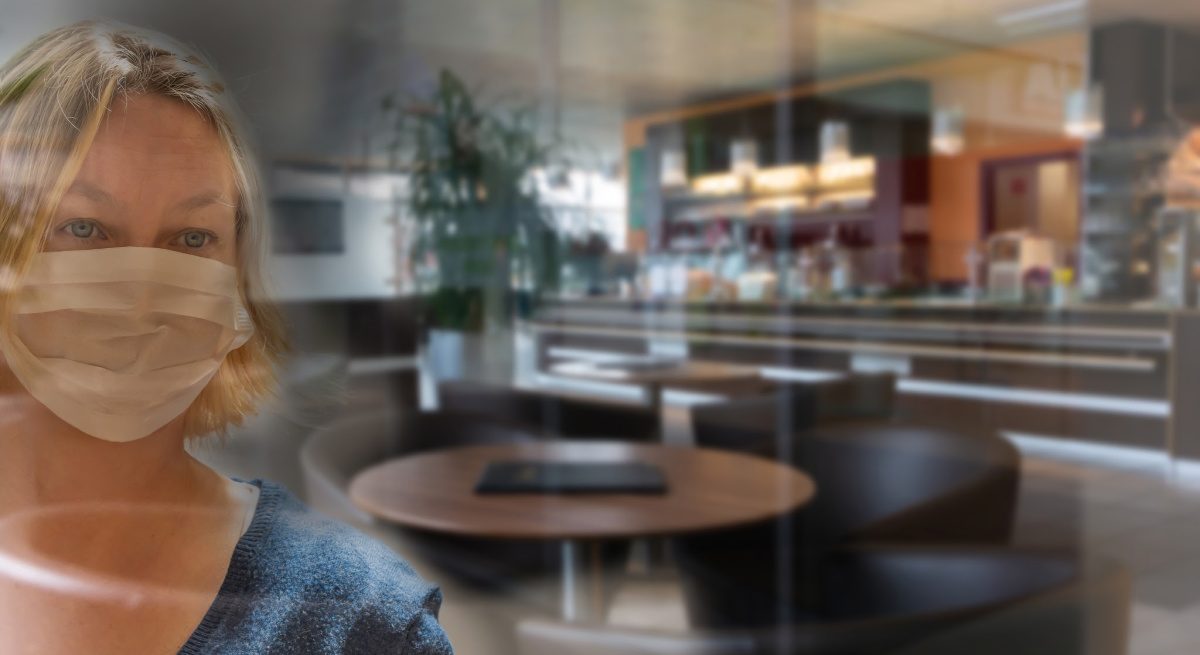Three Ways Post-Pandemic Customers Will Permanently Change the Restaurant Industry
5 Min Read By Mathieu Stevenson
"COVID-19 has disrupted, and will likely continue to disrupt, business models and plans. But in some ways, it’s accelerated the adoption of trends that would have taken four to five years to become a reality."The restaurant industry has been one of the hardest hit by COVID-19, with sales dropping 40 percent during the month of May, according to Black Box Intelligence. While states have opened back up and businesses are navigating their "new normal," they’re now facing an uptick in COVID-19 cases. The restaurant industry is no exception. Particularly as they’re learning how to best operate amidst new outbreaks to create the dining experiences patrons expect.
The restaurant business has permanently changed. Here are three new things consumers expect:
Consumers Expect to Dine in the Way They’re Most ComfortablePeople have been both eager and hesitant to venture back out into the world as stay-at-home orders have lifted. However, a surge in hot spots means the dining…
Sorry, You've Reached Your Article Limit.
Register for free with our site to get unlimited articles.
Already registered? Sign in!


